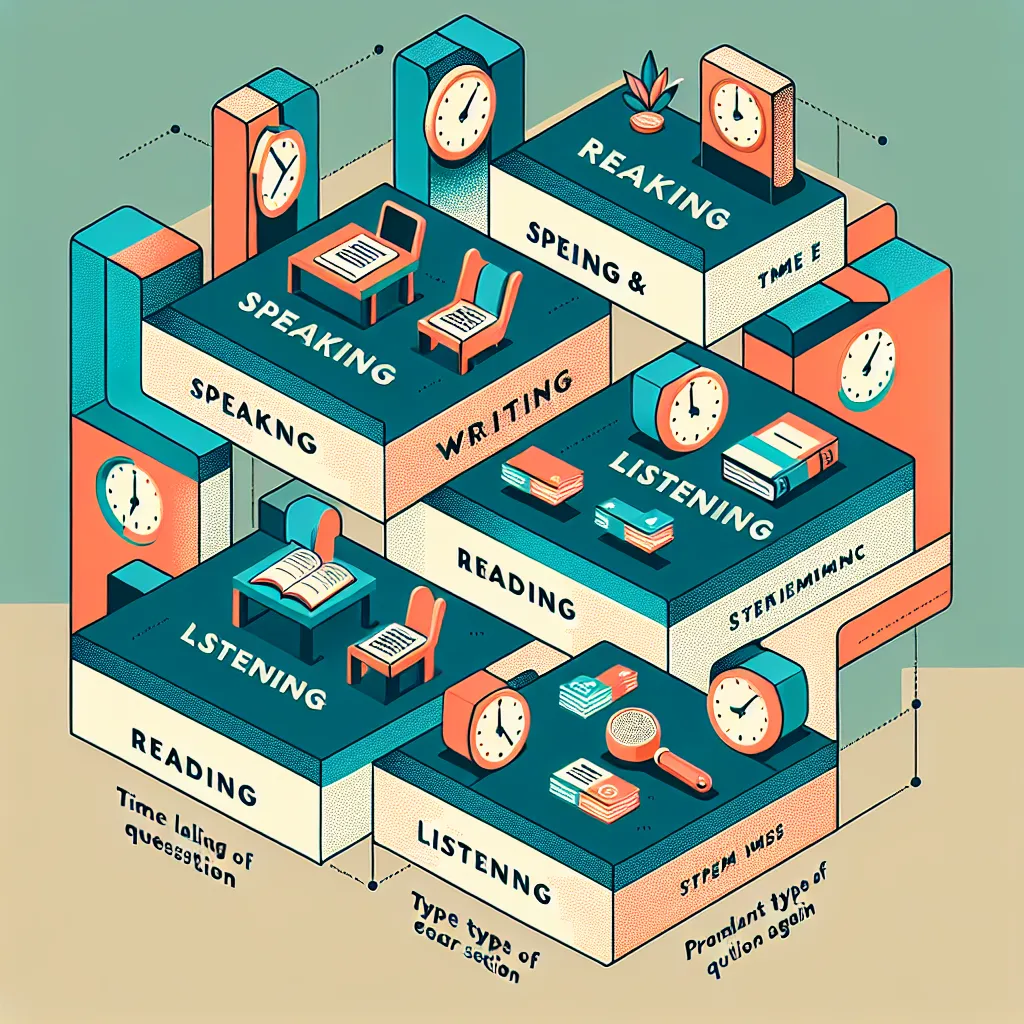Are you preparing for the Pearson Test of English (PTE) and wondering which section might be the most manageable? You’re not alone. Many test-takers seek to identify the “easiest” part of the exam to boost their confidence and strategize their preparation. In this article, we’ll explore the different sections of the PTE and analyze which one might be considered the easiest, along with tips to excel in each area.
Understanding the PTE Exam Structure
Before we dive into the easiest section, let’s briefly review the structure of the PTE exam. The test is divided into four main parts:
- Speaking & Writing
- Reading
- Listening
- Writing
Each section tests different language skills and includes various question types. It’s important to note that the difficulty level can vary from person to person based on individual strengths and weaknesses.
 PTE Exam Structure
PTE Exam Structure
The “Easiest” PTE Section: A Subjective Matter
When it comes to determining the easiest section of the PTE, it’s crucial to understand that this can be highly subjective. What one test-taker finds easy, another might find challenging. However, based on feedback from numerous students and analysis of test scores, some sections are generally considered more manageable than others.
Speaking & Writing: A Mixed Bag
The Speaking & Writing section is often viewed as one of the more challenging parts of the PTE. However, certain tasks within this section can be easier for some test-takers.
Easier aspects:
- Read Aloud: Many find this task straightforward as it involves reading a given text aloud.
- Repeat Sentence: For those with good short-term memory and listening skills, this can be relatively easy.
More challenging aspects:
- Describe Image: This task requires quick analysis and coherent description, which some find difficult.
- Essay Writing: Time management and organizing thoughts quickly can be challenging for many.
Reading: Potentially the Easiest for Many
The Reading section is frequently cited as one of the easier sections of the PTE for several reasons:
- Familiar Format: Many test-takers are accustomed to reading comprehension tasks from previous English exams.
- Time to Process: Unlike the speaking section, you have time to read, think, and revise your answers.
- Various Question Types: The diversity of question types allows you to showcase different skills.
Tips for excelling in the Reading section:
- Practice skimming and scanning techniques
- Improve your vocabulary, focusing on academic words
- Work on your time management skills
Listening: A Close Second
The Listening section is often considered the second easiest section of the PTE for many test-takers. Here’s why:
- Passive Skill: Listening is a receptive skill, which some find less stressful than productive skills like speaking or writing.
- Familiar Content: The audio clips often cover general or academic topics that are not overly specialized.
- Multiple Choice Questions: Many questions in this section are multiple-choice, which can be easier to approach.
However, the challenge lies in maintaining focus and dealing with various accents and speaking speeds.
Writing: Challenging but Improvable
The Writing section, particularly the essay task, is generally considered one of the more challenging parts of the PTE. It requires:
- Strong language skills
- The ability to organize thoughts quickly
- Time management
- Familiarity with essay structures
While it may not be the easiest section for most, it’s one where significant improvement can be made through practice and learning proper essay techniques.
Factors Affecting Perceived Difficulty
Several factors can influence which section you find easiest:
- Native Language: Your mother tongue can affect your performance in different sections.
- Previous English Learning Experience: The methods you’ve used to learn English can impact your strengths.
- Personal Interests: If you enjoy reading, for example, you might find the Reading section easier.
- Test-Taking Skills: Your ability to manage time and handle pressure affects your performance across all sections.
 Factors Affecting PTE Difficulty
Factors Affecting PTE Difficulty
Strategies for Success in All PTE Sections
Regardless of which section you find easiest, here are some general strategies to improve your performance:
- Consistent Practice: Regularly practice all sections to build familiarity and confidence.
- Time Management: Learn to allocate your time effectively within each section.
- Expand Your Vocabulary: A rich vocabulary will help across all sections.
- Improve Your Grammar: Solid grammar skills are crucial for Writing and Speaking sections.
- Familiarize Yourself with Question Types: Understanding the format of each question type can boost your confidence.
Conclusion: Embracing the Challenge
While it’s natural to seek out the “easiest” section of the PTE, it’s important to approach the exam holistically. Each section tests crucial language skills that are interconnected. Instead of focusing solely on what might be easiest, aim to improve your overall English proficiency.
Remember, the key to success in the PTE is thorough preparation, consistent practice, and a positive mindset. By working on all sections, you’ll not only improve your chances of achieving your desired score but also enhance your overall English language skills.
[internal_links]
Have you taken the PTE before? Which section did you find the easiest? Share your experiences and tips in the comments below to help fellow test-takers!




